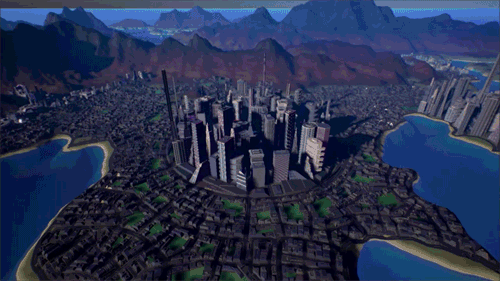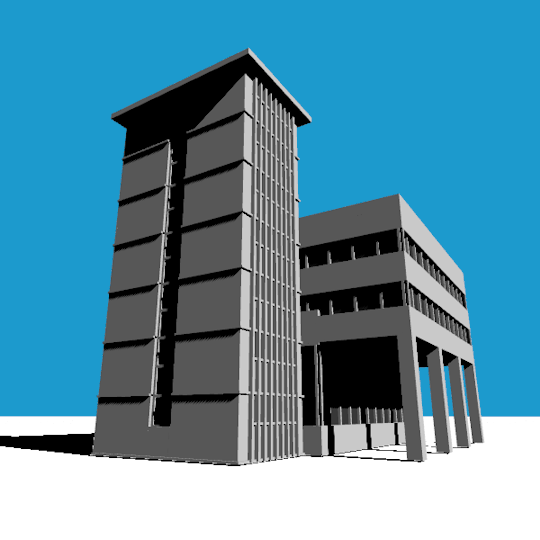


I’ve ported my procedural cyberpunk city generator to Unreal Engine 4! You can watch the full video of the generation here.
Delacian is one of the generative developers I’ve been keeping an eye on. You might have seen the procedural brutalism GIFs, made with @delacian’s procedural modeling tools.

I’m just guessing, but I suspect that @delacian was partially inspired by Introversion’s canceled project. There’s not a lot of details posted about in-development Project Sprawl that these are a part of, but there’s still quite a bit there to admire.
The procedural modeling tools are worth talking about on their own, though. Procedural modeling in general is under-discussed. There are a lot tools out there that use generative techniques to make artists’ lives easier and let them create while still retaining flexibility, but they don’t get a lot of publicity.
Internal game development tools are often fragile and not suitable for a public release, and a generative tool can be especially tricky. Especially ones that rely on the artists’ curation to avoid the bad outcomes or that require an extensive kit of parts to even begin to generate a result. There are some unsung heroes out there who have put in a lot of work to build tools we never hear about.
A generative tool that operates in real-time has the draw of something magical. When you can see how the building expands and grows, or how the city is laid out, that gives you a bit of extra context for how the system that built it operates. The process is as interesting as the end result.
If you’re building a generative system, it might be worth including a preview of how the system is generating stuff during the loading process. Procedural generation is a magic trick, but like a good magic trick it means a lot more if you know that it’s happening. Directing the player’s attention to the strengths of the system can go a long way towards framing it for the observer.
